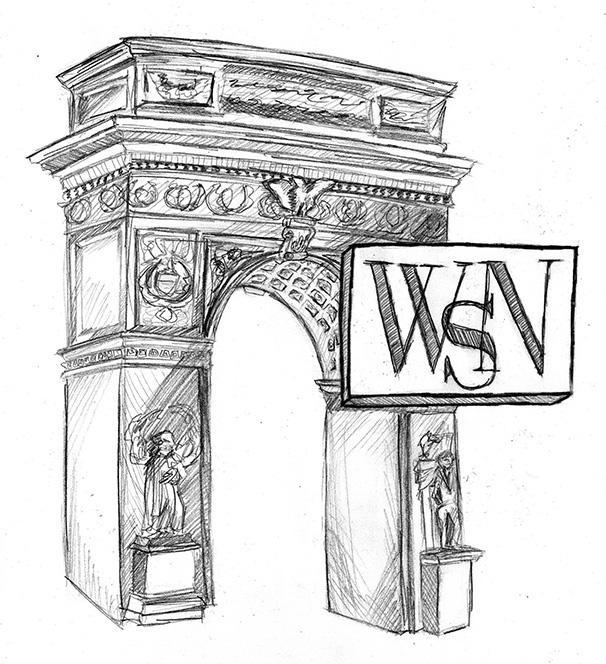The question of how to fairly write and talk about race in journalism has come under controversy in journalism in the last few years. This debate has permeated the culture of our everyday language and our media coverage.
In the media, the AP Stylebook serves as a guideline for proper usage of phrasing and terminology. Recently, the Stylebook has been expanding its scope to settle charged debates over how to write about diversity. These changes are particularly pertinent in an era when the language of our leading politicians seems to be growing more and more discriminatory.
As editors at WSN, the Stylebook is far more prevalent in our everyday lives than for most college students — that’s just part of the job. But even if you are not dealing with the rules and guidelines on a day-to-day basis, they help set the standard for communication. Late last month, the Associated Press announced its annual slew of changes. While many were grammatical — even a grammar-naysayer might have heard about the decision to use the “%” symbol rather than the word “percent,” which incited a fair bit of facetious commentary — the most significant alterations came in the form of a new addition to the Stylebook called “race-related coverage.” These changes elucidate how to communicate on race-related issues and terminology in an official — and accepting — way.
Lead editor Paula Froke has been open about the fact that there are many more changes than there have been in years prior, and this seems like a conscious choice. As the rhetoric and policies of our government grow more and more bombastic, and as those in power continue to contort the usage of language in hurtful ways, it is encouraging to see these official declarations on how our changing language must adhere to our changing society.
We’ve seen the gradual alterations of language in the last ten years. In fact, the Stylebook made waves in 2013 when it removed the term “illegal immigrant” from its guidelines. Examples of older reforms also include a guideline suggesting to not use the word ghetto “indiscriminately as a synonym for the sections of cities inhabited by minorities or poor people,” and outlines that terms like “Oriental” and “Aborigine” are considered outdated and offensive. But the changes are growing more and more fine-tuned. The AP itself says that adding regulations regarding “race-related coverage” is an effort to “[challenge] journalists to think broadly about racial issues before having to make decisions on specific situations and stories.” In essence, it is an attempt to make journalists more proactive members of their community. Changes like these, which permeate the structure of our language and our institutions, encourage critical thinking, active engagement and unbiased judgment.
These newer reforms seek not only to prevent the use of offensive terms, but also to create a new mindset of specificity and respect amongst journalists. The changes may have been spurred in part by public criticism of the media for failing to adopt the nuance necessary to discuss racial tensions today. Tweets criticizing vague phrasing choices like the frequent use of “racially tinged” have become commonplace on social media as people begin to demand that the media reflect the specificity that conversations about race today try and achieve. The new delineations work actively against the use of language like “racially charged,” “racially motivated” or “racially tinged” to refer to racist incidents, deeming them too vague.
The new decisions also standardize the use of phrases like “black people” or “white people” instead of “blacks” and “whites” as nouns. While previous AP style suggestions mostly aimed to prevent the use of slurs, the latest additions work to actively facilitate conversation.
The WSN Editorial Board appreciates these changes for what they are: a step toward using language to positively shape conversations and mindsets about race. These changes let journalists assess how their phrasing contributes to media portrayals of people of color, and that is an achievement. It is important to consider the manner in which the words we use shape the way we think and how these conscious linguistic alterations may be the catalyst needed to spark important exchanges both in and outside of the newsroom.
While these guidelines are outlined explicitly as reference points for journalists and media, the embrace of them signifies a positive change in the standards of English language and communication — which is crucial, now more than ever.
Opinions expressed on the editorial pages are not necessarily those of WSN, and our publication of opinions is not an endorsement of them.
A version of this article appeared in the Monday, April 8, 2019, print edition. Email the Editorial Board at [email protected].


























































































































































